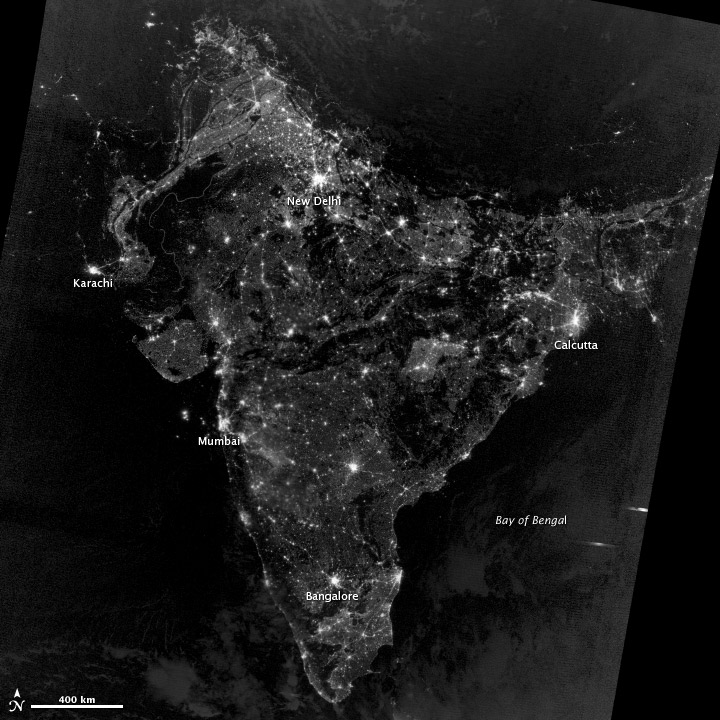First of all, let me wish all our readers a very healthy and wealthy Diwali. For those who know little about India, Diwali is a festival of lights which is celebrated across the length and breadth of the country by its 1.25 billion inhabitants. Like all Indian festivals, Diwali is a boisterous 5-day affair which started on Friday with ‘Dhan Teras’ and will end on 1st with ‘Bhai Dooj.’ Diwali is a festival of lights and all Indian household’s light Diyas and Kandeels in their house. But every year, a fake picture is circulated on the Internet which is supposedly clicked by NASA, the US space agency on November 12, 2012. This year was no different and the head of Twitter India, Raheel Khurshid took the lead by tweeting the same image again :
— Raheel Khursheed (@Raheelk) October 30, 2016 The above image has been repeatedly shared every Diwali since 2012. Some claim it shows India during Diwali, but it does not. This image comes from satellite data, too, but not a single satellite on a single night. It’s based on data from U.S. Defense Meteorological Satellite Program (DMSP) satellites, and it’s a color-composite created in 2003 by NOAA scientist Chris Elvidge to highlight population growth over time. In this image, white areas show city lights that were visible prior to 1992, while blue, green, and red shades indicate city lights that became visible in 1992, 1998, and 2003 respectively. The light produced during Diwali is so scattered and weak that the space images don’t show it. According to NASA:
Here’s a real image of India during Diwali:
The image above – which has been artificially brightened – shows what India looked like from space on a night during Diwali. Like the fake image, this also is an image clicked in November 2012. The image shows what India looks like from space on a typical Diwali night or that matter on any night, according to NASA.
The image above is from a NASA satellite known as Suomi NPP, for National Polar-orbiting Partnership. An instrument carried on this satellite – which detects light in a range of wavelengths from green to near-infrared – acquired this image in a single night. The image has been brightened to make the city lights easier to distinguish. Most of the bright areas are cities and towns in India, which is home to more than 1.3 billion people and has at least 30 cities with populations over 1 million. Cities in Bangladesh, Nepal, and Pakistan are also visible near the edges of the image. Think twice before circulating the fake NASA Diwali image. Happy Diwali to all of you!
